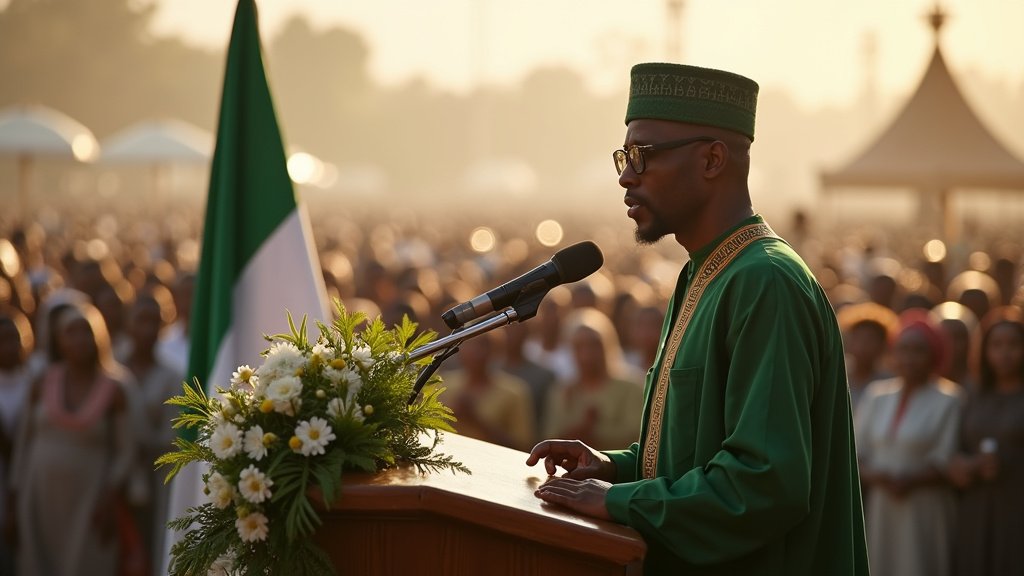Nepal Turmoil: Death Toll Hits 30, Airport Resumes Operations as Army Secures Capital Amidst Widespread Protests
Kathmandu is gradually returning to a semblance of order following days of severe unrest that have claimed at least 30 lives and led to widespread damage across the nation. Tribhuvan International Airport (TIA) has resumed flight operations on Wednesday evening, offering a critical lifeline after its indefinite closure. The violent protests, initially triggered by a government ban on social media platforms, rapidly evolved into a nationwide outcry against deep-seated corruption, nepotism, and misgovernance, ultimately leading to the Prime Minister’s resignation and the Nepal Army taking control of security. This developing news signifies a pivotal moment for the Himalayan nation.
Escalation of Violence and Grim Toll
Nepal has been grappling with escalating violence since mass protests erupted on Monday, September 8, 2025. What began as demonstrations against a controversial social media ban swiftly transformed into a broader movement demanding accountability from the political elite. The confrontations between protesters and security forces turned deadly, with initial reports indicating 19 deaths, primarily among the youth, on Monday alone. By Wednesday evening, the death toll had tragically climbed to 30, with over 1,033 individuals injured and receiving treatment across the country. The unrest also claimed the lives of three police officers, underscoring the severity of the clashes.
Roots of the Unrest: Corruption, Censorship, and Economic Frustration
The immediate spark for the demonstrations was the government’s decision to ban 26 social media platforms, including Facebook, Instagram, and YouTube, after they failed to register locally. This ban, perceived as an attempt to stifle dissent and criticism of corruption, was lifted on Monday evening. However, the protests continued, fueled by deeper, simmering grievances. For years, Nepalis have voiced frustration over endemic corruption, nepotism, and a perceived lack of accountability among the political class, often referred to as “nepo babies.” This discontent is exacerbated by slow job creation and economic hardship, leading to a significant portion of the population seeking employment abroad. Social media, in this context, served not only as a platform for venting anger but also as a vital communication channel for Nepalis working overseas and a means to expose the stark contrast between the politicians’ lavish lifestyles and the struggles of ordinary citizens.
Government Response and Security Crackdown
The escalating crisis prompted a swift political response. Prime Minister K.P. Sharma Oli resigned on Tuesday, September 9, 2025, amid mounting pressure. Home Minister Ramesh Lekhak had earlier resigned on moral grounds. President Ramchandra Paudel has since urged for restraint and dialogue. Taking charge of nationwide security operations from Tuesday night, the Nepal Army deployed troops across Kathmandu and other major cities, imposing restrictive orders and curfews. The army appealed to citizens to maintain peace, refrain from vandalism, and return any looted weapons, warning of strict action against lawless elements.
Airport Reopens Amidst Travel Disruptions
The unrest led to the indefinite closure of Tribhuvan International Airport (TIA) starting September 9, due to security concerns, including reports of arson and vandalism near the runway that posed a threat to aviation safety. This closure stranded thousands of passengers, including numerous foreign nationals. TIA officially resumed operations on Wednesday, September 10, at 6 PM, with passengers advised to reconfirm flight schedules with their respective airlines. Despite the airport’s reopening, major Indian airlines, including Air India and IndiGo, had cancelled their flights for the day, and the popular Delhi-Kathmandu bus service remained suspended, indicating ongoing travel complications.
A National Movement and International Concerns
What began as a youth-led movement, dubbed the “Gen Z protest,” has evolved into a broader national outcry, with reports indicating participation from parents and other citizens across the country. This widespread nature of the protests has highlighted a deep-seated public frustration with the status quo. The instability has also drawn the attention of neighboring India, which has tightened security along its extensive border with Nepal and established emergency helplines to assist its citizens stranded in Nepal.
Path Forward: Calls for Dialogue
As security forces work to restore normalcy, the nation stands at a critical juncture. The immediate aftermath of the violence has seen the resignation of the prime minister and the imposition of strict security measures. The focus now shifts towards political dialogue and addressing the core grievances that fueled the unrest. The ongoing news from Nepal signals a period of intense political recalibration, as the country seeks a path towards stability, accountability, and a more equitable future for its citizens.





